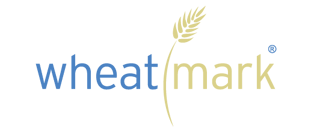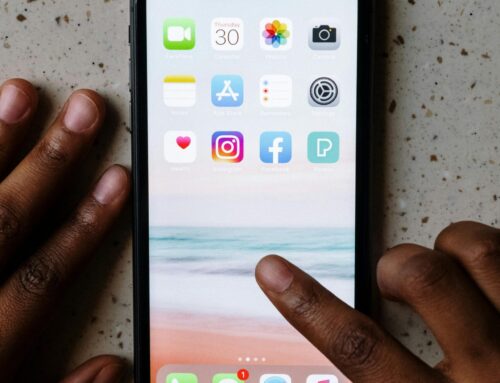First-time authors as well as seasoned ones have successfully raised money through crowd funding. Campaigns have been funded that were as simple as $150 to pay for an inexpensive cover design and as complicated as over $49,000 to publish a coffee table book with glossy, colored pages. The main crowd funding sites used are Indiegogo, Kickstarter and Pubslush , although there are countless others.
Whether the amount is small or large though, crowd funding for a book has some hidden benefits that might be equally or perhaps even more important than raising money to pay for book printing and marketing costs. Consider these:
Benefit No. 1: Connecting with new readers.
Benefit No. 2: Getting your book known on a wider platform.
Book marketing is about finding readers who will be attracted to your book enough to read it. Once you have shared the book with family and friends you must find new readers who will be willing to take a chance with your book. One brilliant way to find these new sources is with a crowd funding project.
Crowd funding provides a platform to rally friends and supporters to your cause and encourage them to spread your message. Create a 1-2 minute video introduction, offer a few perks and special benefits and now you have a vehicle for friends to share with friends.
Indiegogo in a recent study showed that only 3-5 percent of people responded from a typical mailing list. If your fan list is quite small that might mean very few will buy your book. But if you can persuade “those” few to tell their friends and their friends to tell their friends you can create a momentum.
Unfortunately, creating a successful funding program is not as simple and easy as it may look. A typical crowd funding campaign lasts between 30–60 days but before you hit the “Go” button many important things have to be in place. Most successful campaigns require five to six months of building a solid networking base of social media contacts and creating publicity materials for the crowd funding project.
Plan for Success
Here is an important fact that you must take into account. The first 25 percent of your goal starts with your own fan base. This means letting your friends, family and fans know what you are doing and building up excitement about your projects weeks before it actually starts. The magic doesn’t just happen. You have to build it, breathe into it and support it as you would in lighting a new fire. Unless you start with some dry paper and small kindling the big wood will never catch. This is why it is so important that you make your inner circle aware of your project from the beginning stages.
Campaigns that get their first donations on day one have the best chance of reaching their goals. A recent Indiegogo study showed that 85 percent of successful campaigns all received at least one donation on their first day. To ensure this happens, important ground work must be done. Friends and supporters must know about your project, be excited to commit with a donation and believe in it enough to share with their own circle of friends.
Once a project shows momentum it will rise on the charts and begin to be noticed. The faster and hotter you can get that to happen the probability for greater exposure will increase. Remember you only have 30-60 days to get this to happen. So it is of the utmost importance that you have people who will commit in the beginning.
It’s Up to You
Many crowd funding projects fail simply because the ground work has not been done. The percentage for actual funding goals reached is less than 50%. In many cases, this is because people only find out about the project in its last days. That’s too late! The biggest mistake is to think that simply creating a crowd funding project will attract people to donate. The reality is that there are thousands of crowd funding projects going on every day. How will yours get noticed unless you get the word out? It’s up to you.
Besides family, friends and fans, you should try to connect with key influencers who might have interest in your project. For a book, this might be other authors who have their own significant fan base, or it might be local and national radio stations that will interview you during the span of the campaign. It might mean working with your local newspaper for a story and asking church and organization groups in your area to give you a promotional plug during the campaign. All these things must be set up before the campaign begins and then rolled out carefully day by day through the length of the campaign.
Create a Video
You absolutely must have an introductory video. It should be short, no longer than two or three minutes, outline your project and provide reasons for people to support your book project. Make sure it connects on a personal level, with a touch of friendliness, earnestness and passion. Make it as professional as you can, but most of all, remember if you do not show enthusiasm for your project, no one else will! So let your own conviction shine forth with an explanation of why you wrote your book, what your hopes for it are and why it will benefit the reader.
Find the Perks!
Finally, you must have a series of gifts called “perks.” These are a graduated list of gifts that donors will receive according to the amount given. For instance, a personal thank-you email might be the gift for $5, a pre-release ebook for $10, and the opportunity to name a character in your book for a donation of $250. The important thing to remember here is to match the gift with the targeted donor. What would they like to receive? What would encourage them to give more to receive more? Be creative!
A successful crowd funding campaign can start your book on its way to bestseller success. Not only will you get the necessary funding to publish your book, but the friends and support you build along the way will be invaluable for every book you create.





